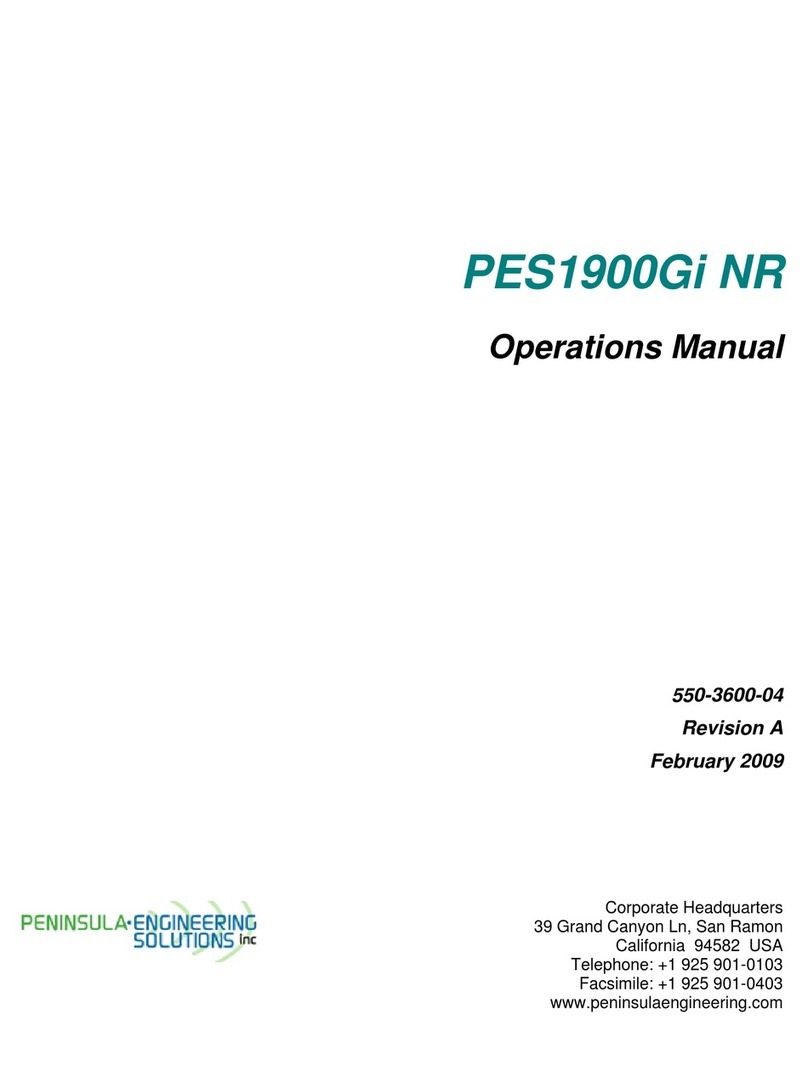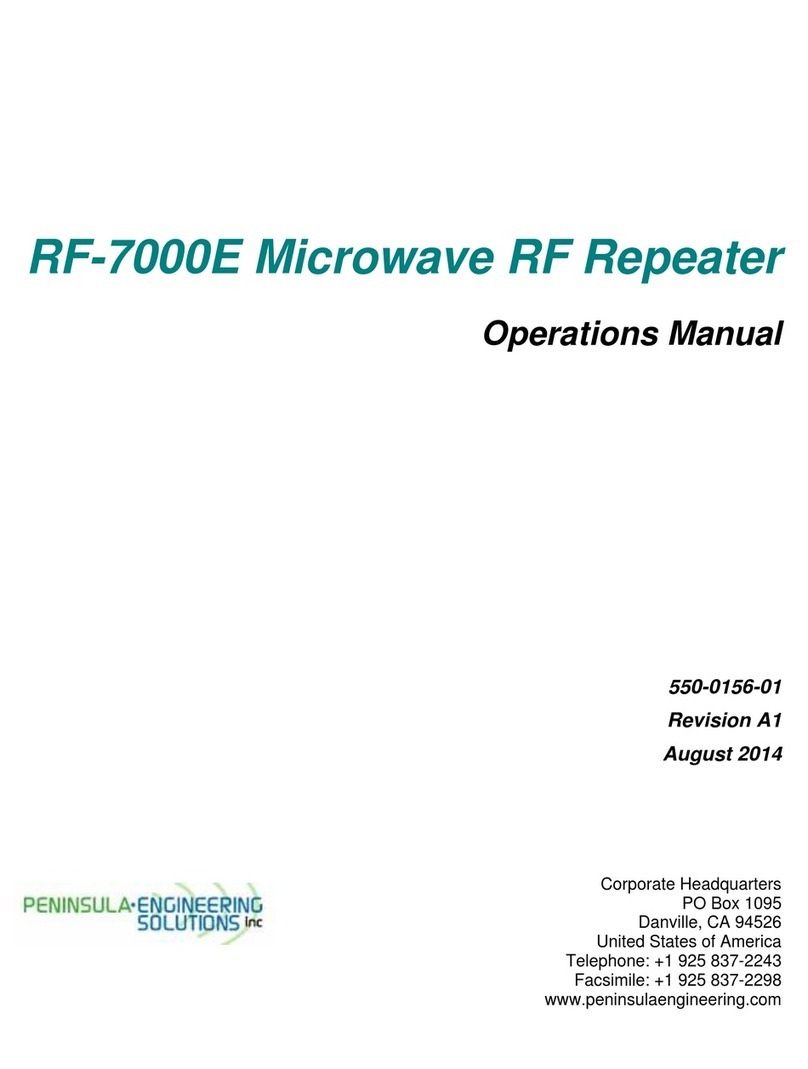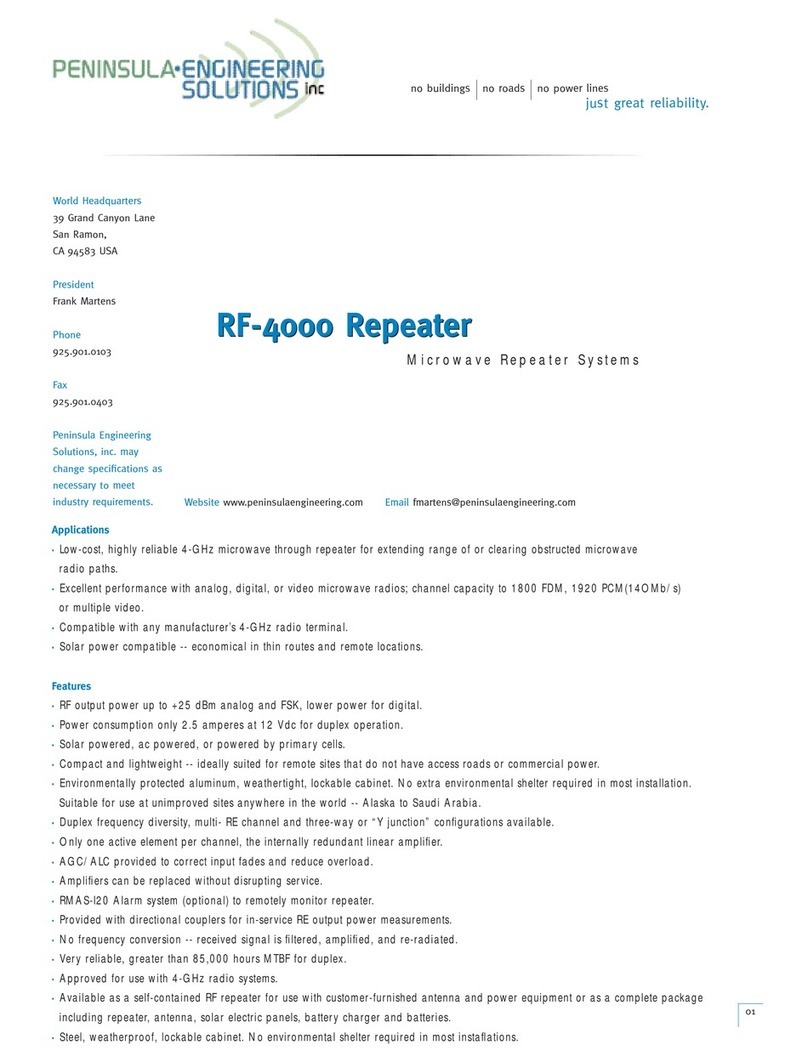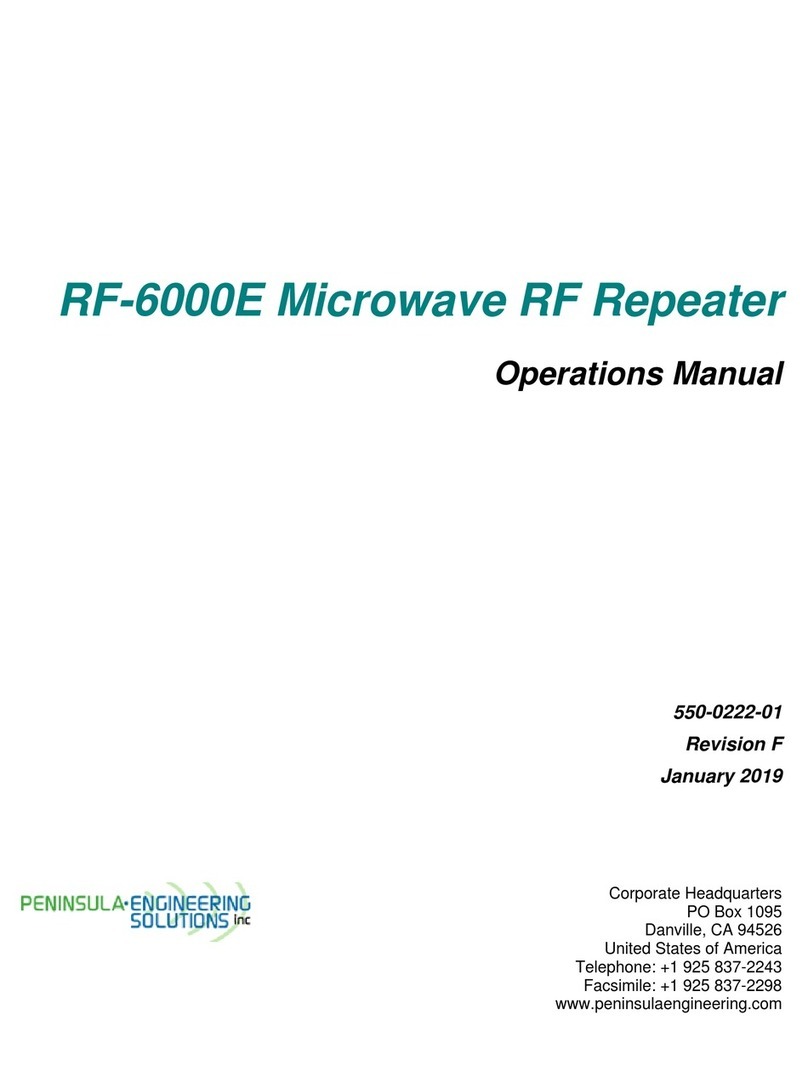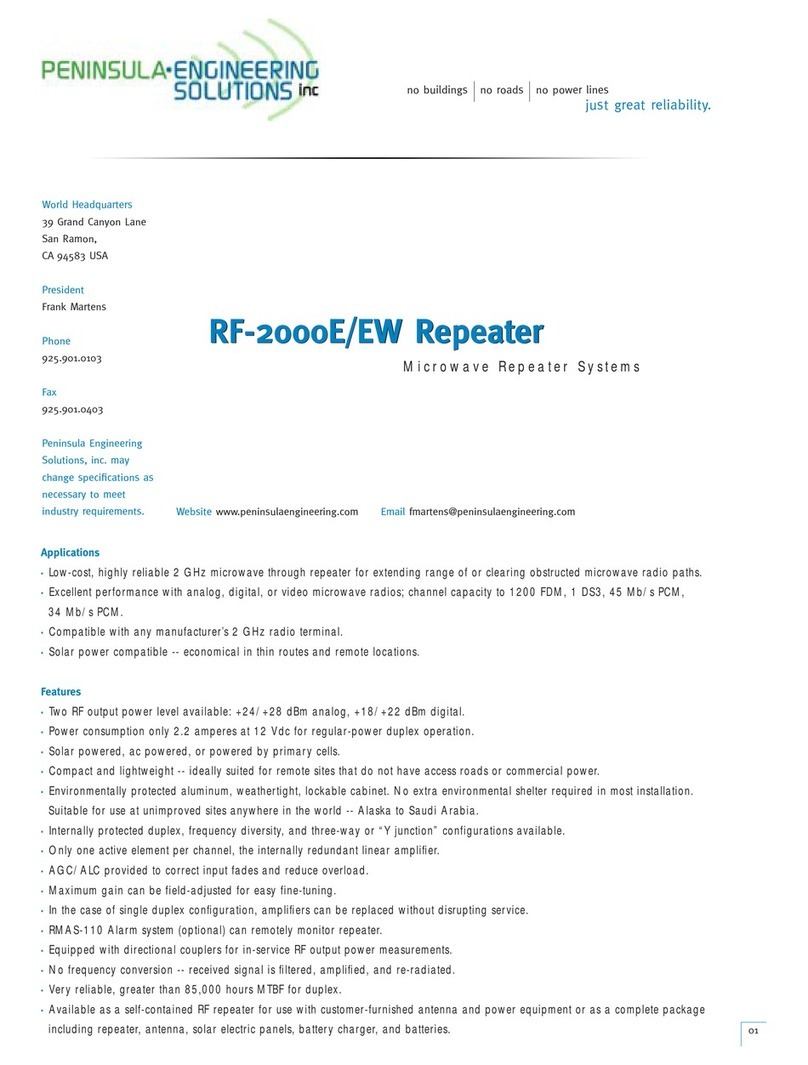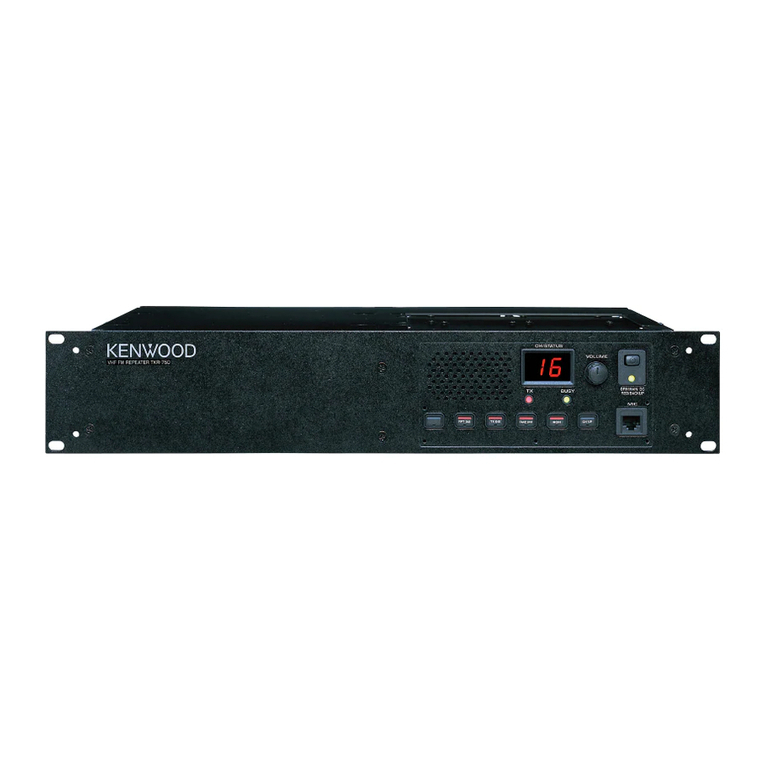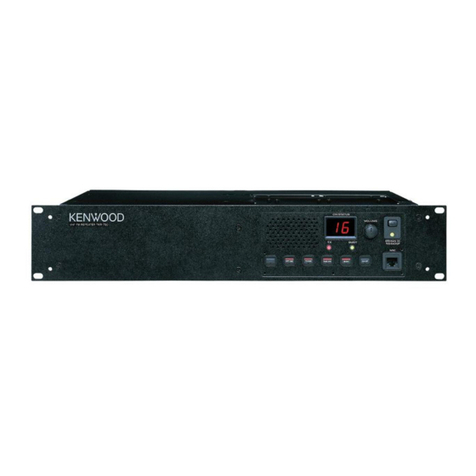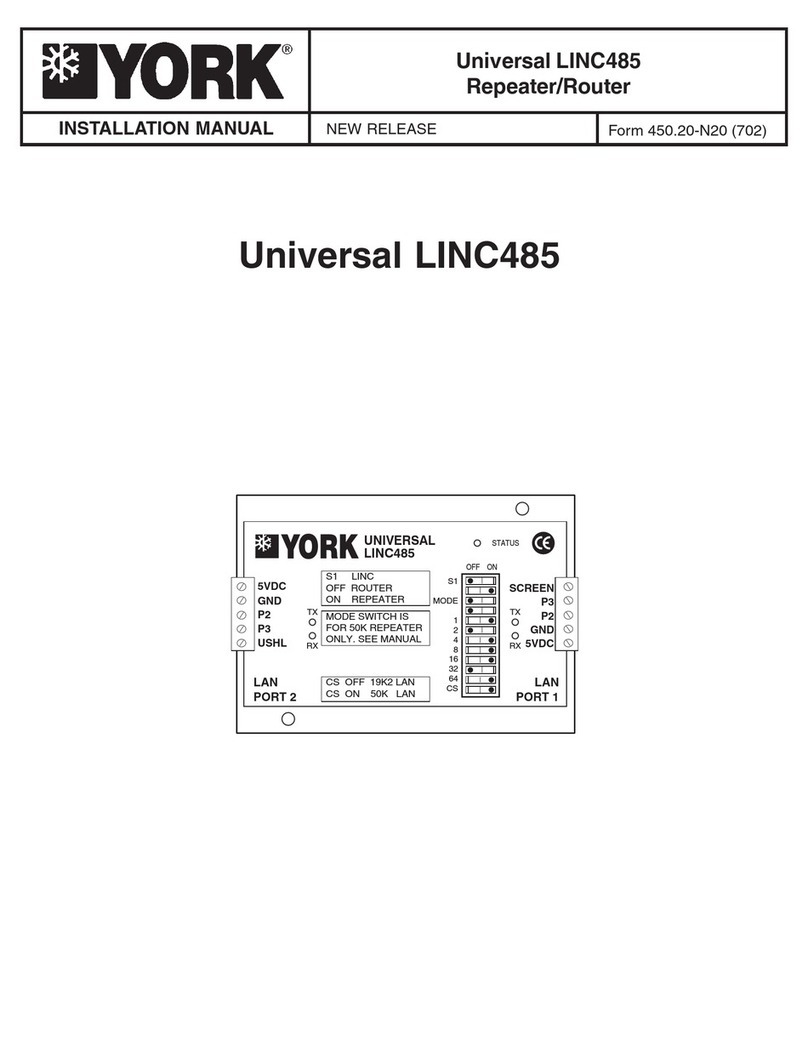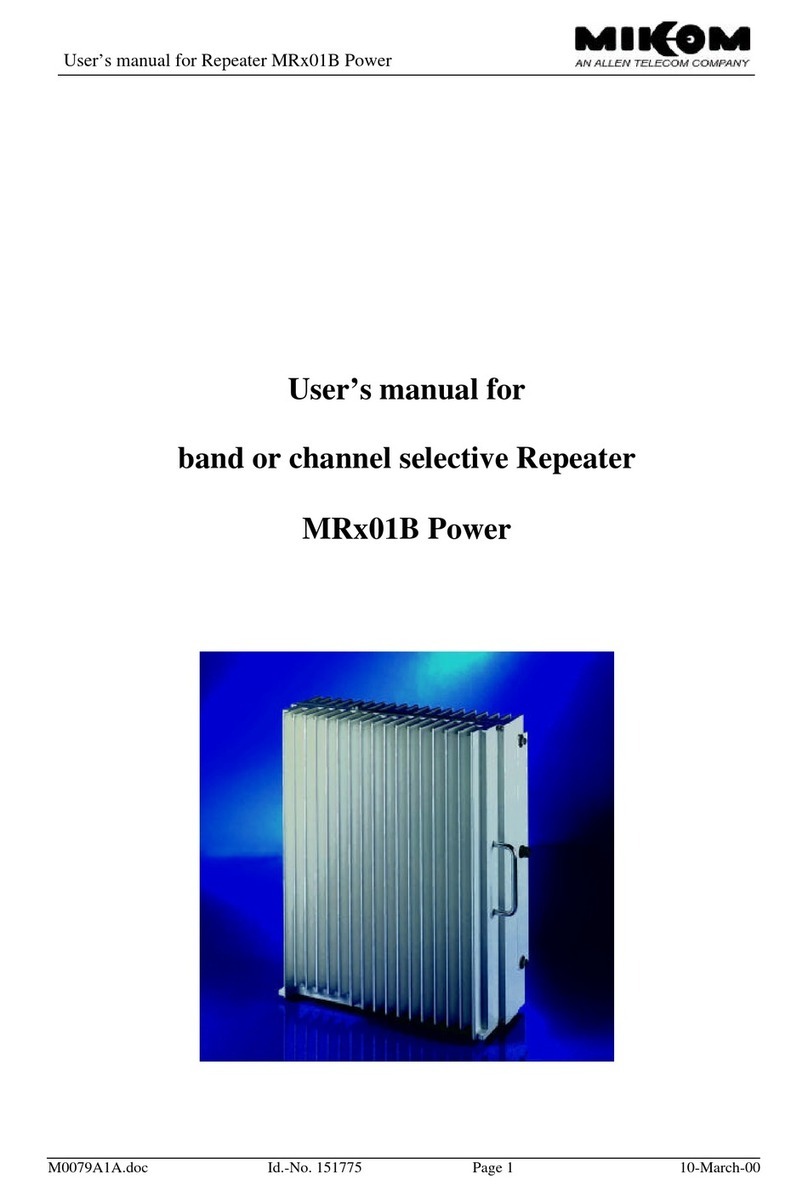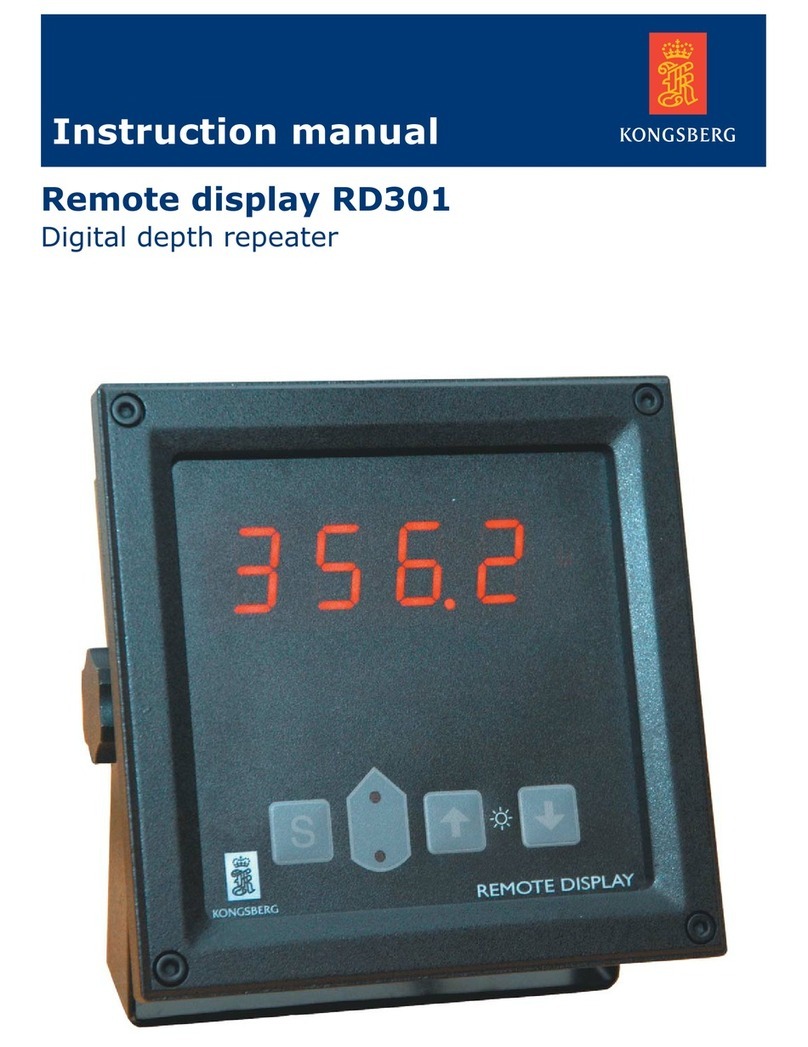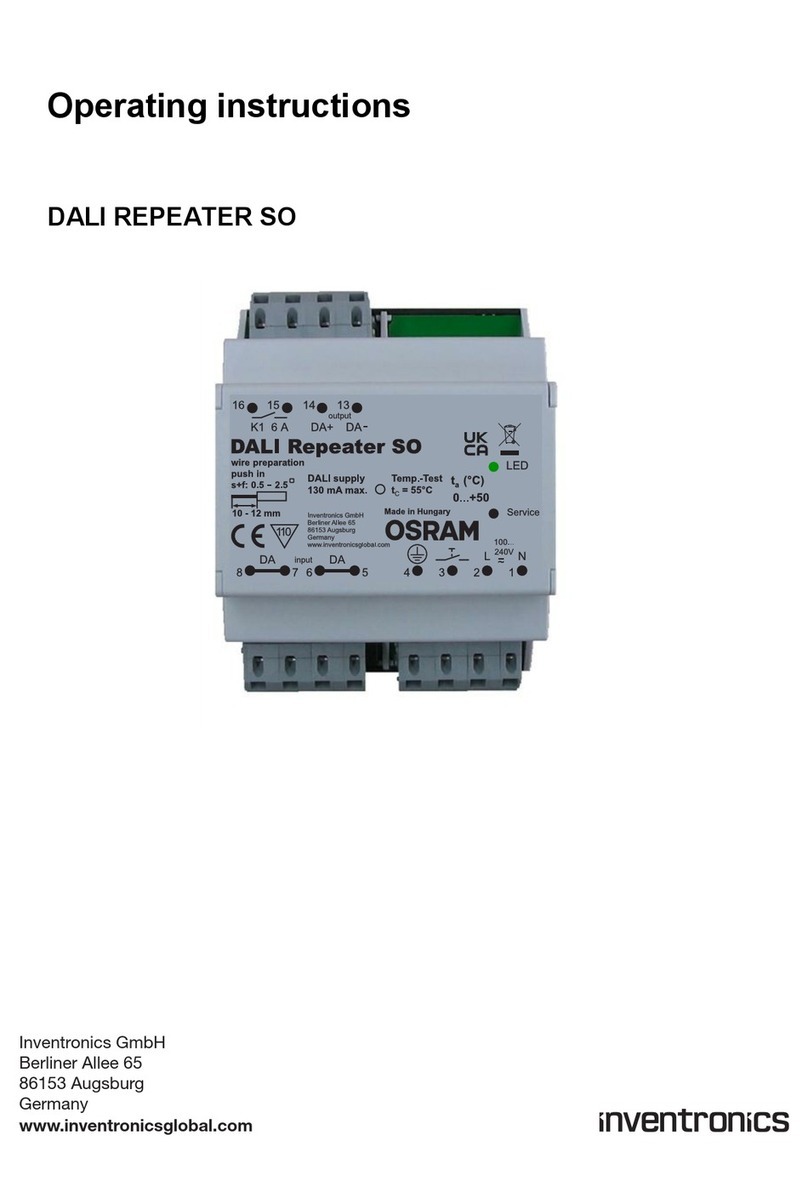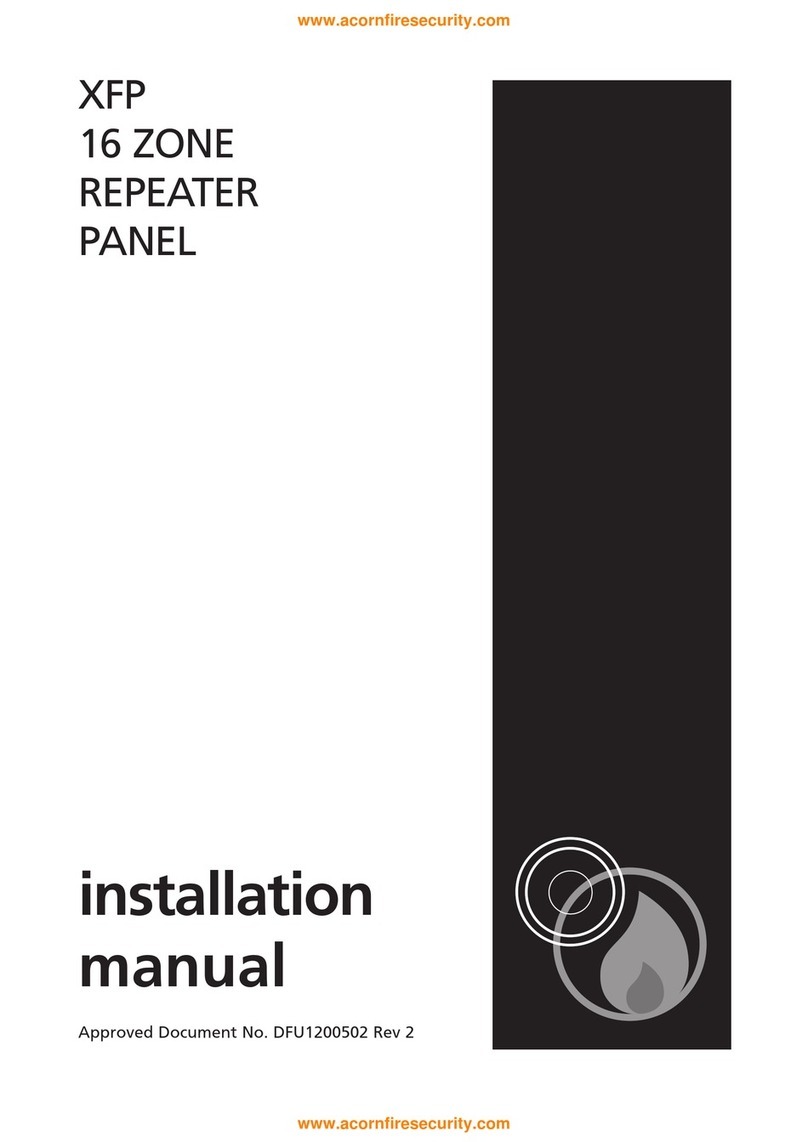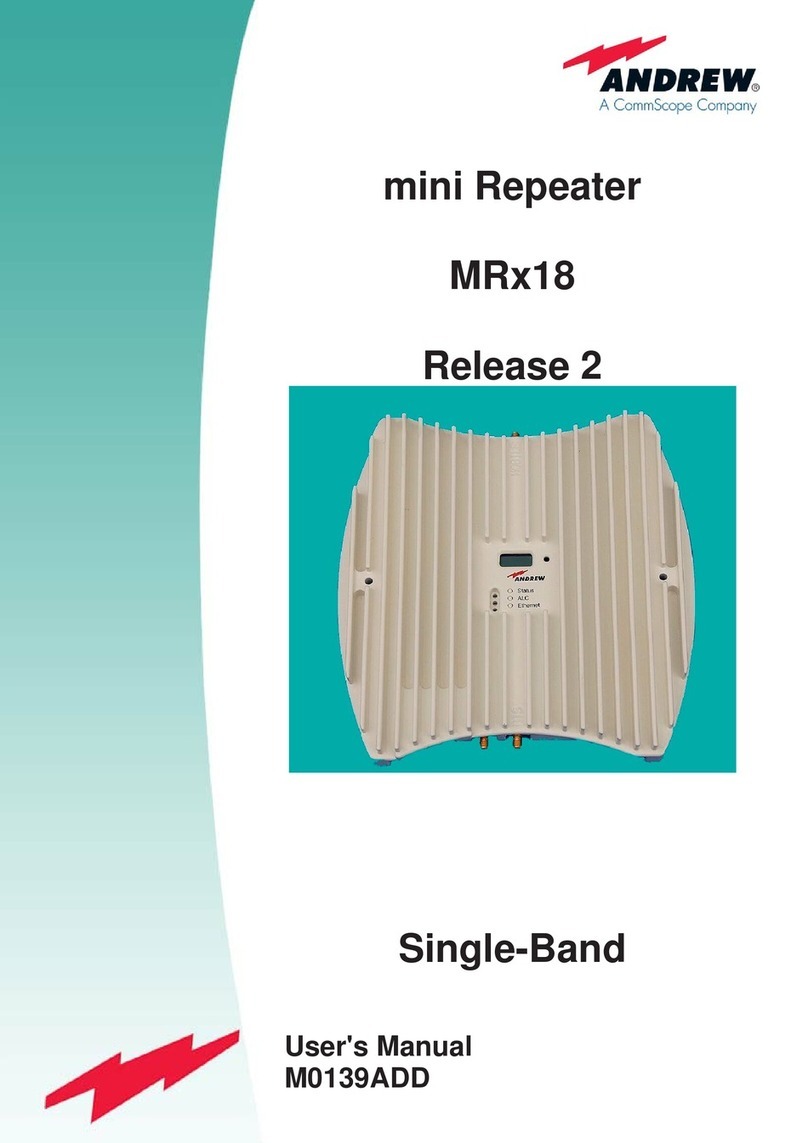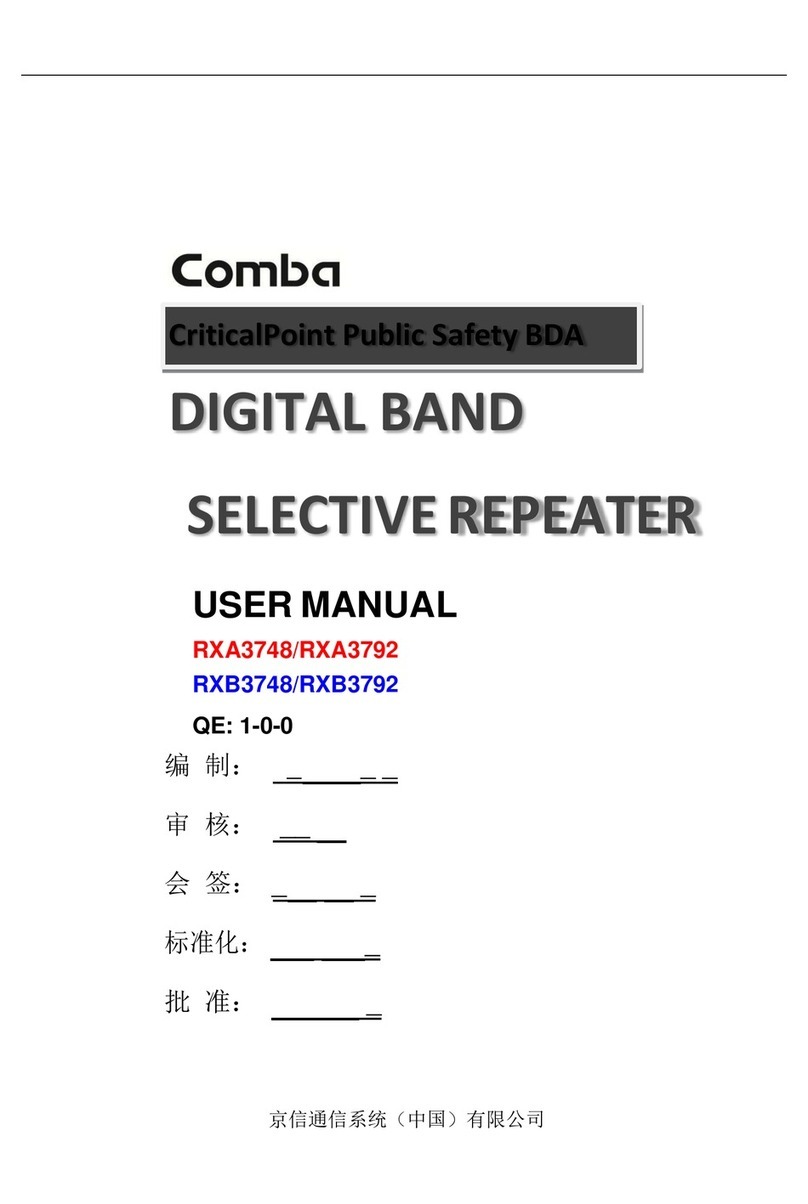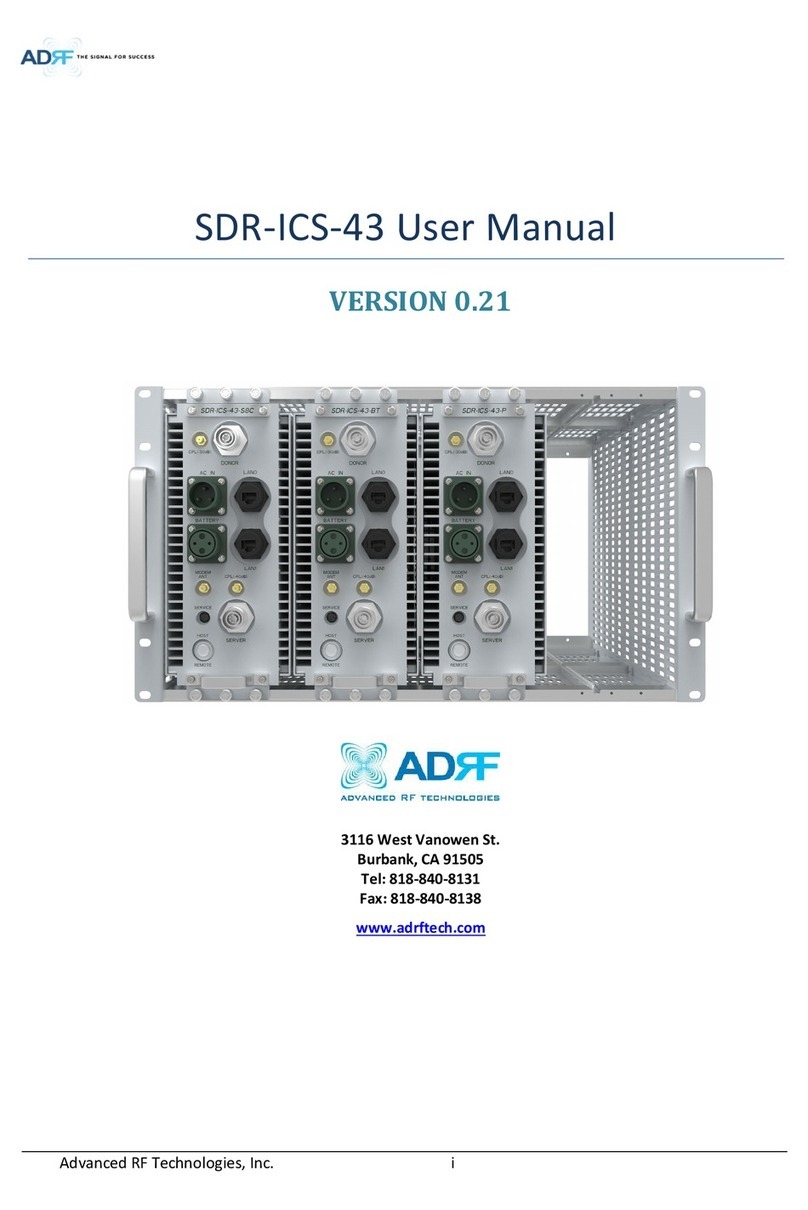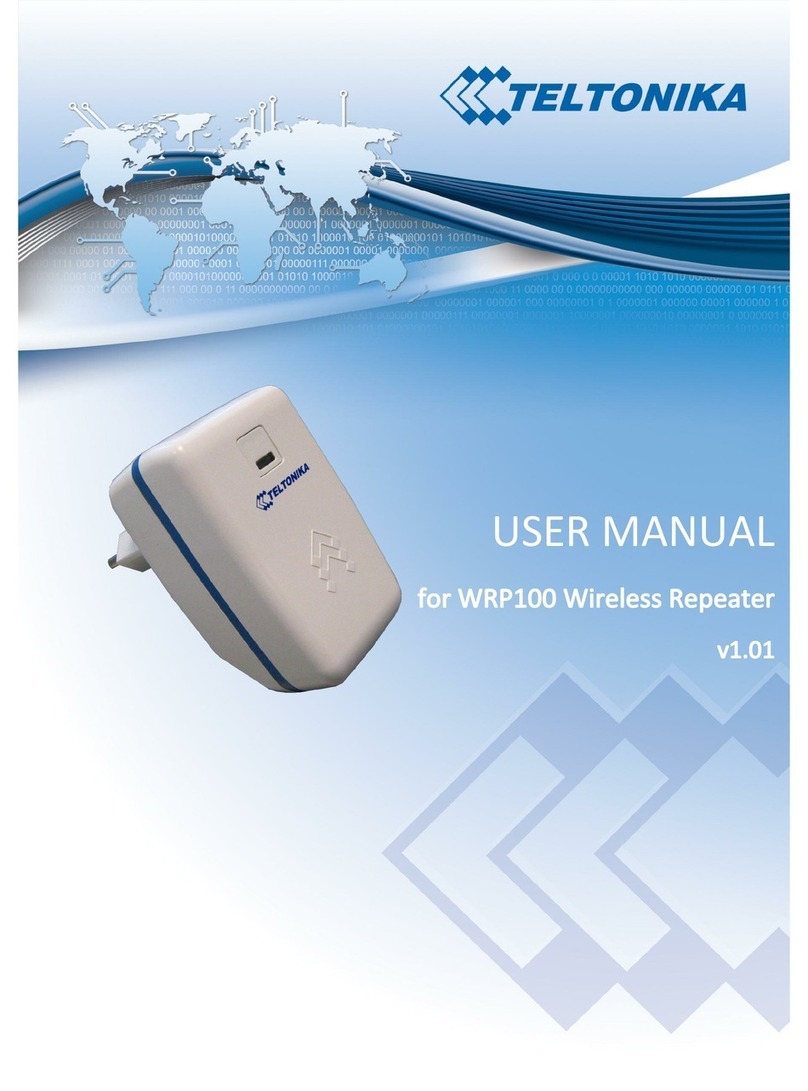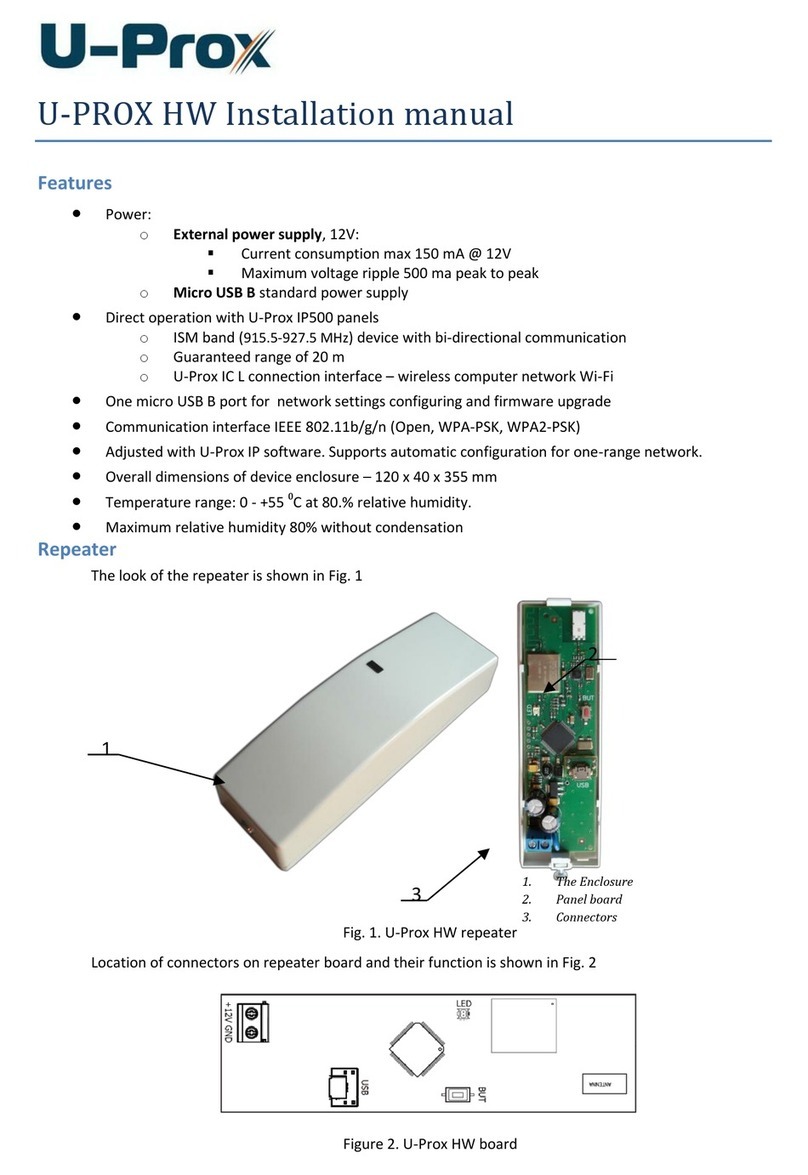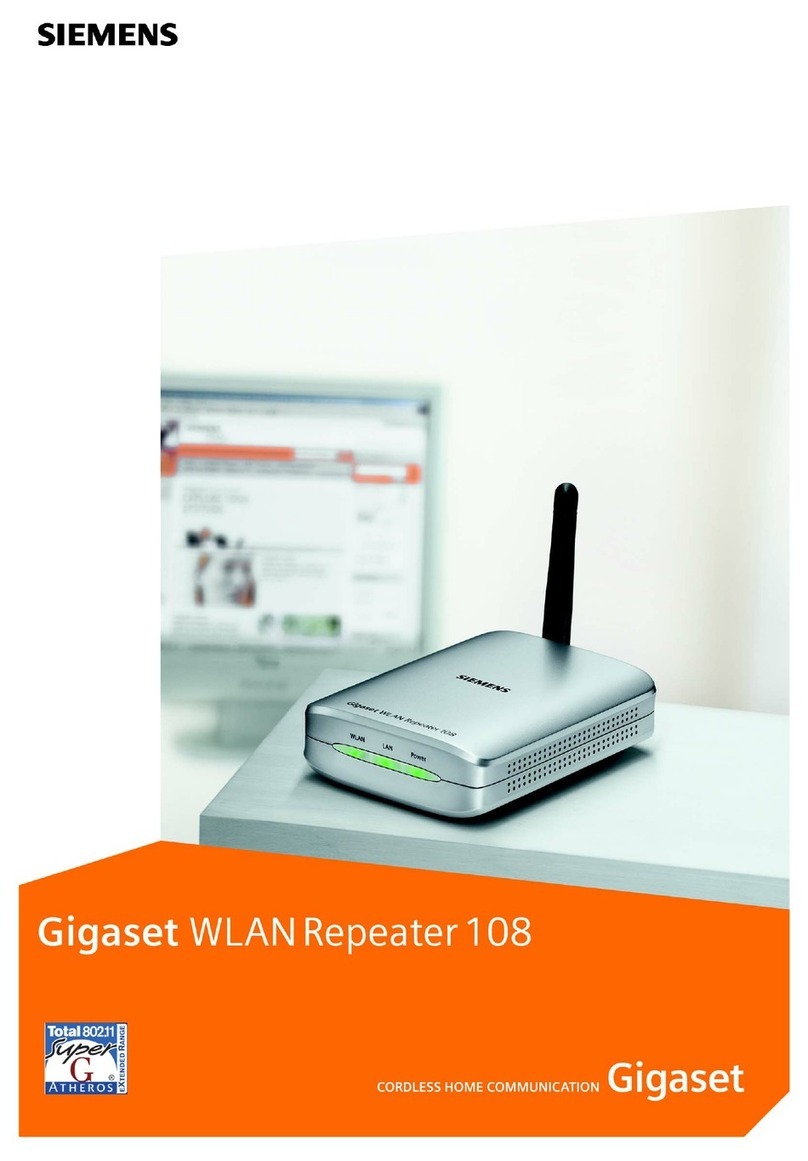
R
RF
F-
-8
80
00
00
0E
E
M
Mi
ic
cr
ro
ow
wa
av
ve
e
R
RF
F
R
Re
ep
pe
ea
at
te
er
r
— Contents RF-8000E Operations Manual
iv
Chapter 6. Maintenance and Troubleshooting................................................................................................61
Routine Maintenance.....................................................................................................................................61
Administrative Requirements.........................................................................................................................62
Troubleshooting.............................................................................................................................................62
Amplifier Replacement...................................................................................................................................64
Keeping Spares .............................................................................................................................................65
Returning the Repeater Equipment for Repair...............................................................................................66
Product Warranty...........................................................................................................................................66
Appendix..............................................................................................................................................................69
Figures
Figure 1, Mechanical Layout, 2 Amplifier or Frequency Channels.................................................................16
Figure 2, Mechanical Layout, 3 - 4 Amplifier or Frequency Channels............................................................17
Figure 3, Mechanical Layout, Bottom Detail...................................................................................................18
Figure 4, Linear Power Amplifier....................................................................................................................19
Figure 5, Block Diagram, 1+0 Duplex, Un-Equalized.....................................................................................20
Figure 6, Block Diagram, 1+1, 2+0 Duplex, Un-Equalized.............................................................................21
Figure 7, Block Diagram, 1+0 One-Way, Un-Equalized.................................................................................22
Figure 8, Block Diagram, 1+0 One-Way, Delay Equalized.............................................................................22
Figure 9, Block Diagram, 1+1 Duplex, Un-Equalized, 2-Amplifier..................................................................23
Figure 10, Block Diagram, 1+0 Duplex, Delay Equalized...............................................................................24
Figure 11, Block Diagram, 1+1, 2+0 Duplex, Delay Equalized.......................................................................25
Figure 12, Block Diagram, 3-Port, 4-Amplifier, Duplex, Un-Equalized Space-Frequency Hybrid Diversity and
Y-Junction Applications................................................................................................................26
Figure 13, Block Diagram, 3-Port, 4-Amplifier, Duplex, Delay Equalized Space-Frequency Hybrid Diversity
and Y-Junction Applications.........................................................................................................27
Figure 14, Block Diagram, 4-Port, 3-Amplifier, Duplex, Un-Equalized Space Diversity Applications .............28
Figure 15, Block Diagram, 4-Port, 4-Amplifier, Duplex, Un-Equalized 1+1 Space-Frequency Hybrid Diversity,
2+0 Dual Polarized and Y-Junction Applications..........................................................................29
Figure 16, Block Diagram, 4-Port, 3-Amplifier, Duplex, Delay Equalized Space Diversity Applications.........30
Figure 17, Block Diagram, 4-Port, 4-Amplifier, Duplex, Delay Equalized 1+1 Space-Frequency
Hybrid Diversity, 2+0 Dual Polarized and Y-Junction Applications...............................................31
Figure 18, Power Connection Block Diagram, 12V Standard.........................................................................32
Figure 19, Power Connection Block Diagram, 24V Option.............................................................................33
Figure 20, Power Connection Diagram, AC Single Power Supply Option......................................................34
Figure 21, Power Connection Diagram, AC Dual Power Supply Option.........................................................34
Figure 22, Repeater Power Wiring Pictorial...................................................................................................35
Figure 23, Typical RF Repeater Installation...................................................................................................38
Figure 24, Enclosure Mounting Dimensions RF-8000E, 2 ~ 4 Antenna Port, 1 ~ 4 Amplifier or
Frequency Channels....................................................................................................................41
Figure 25, Antenna Isolation Measurement - Equipment Configuration.........................................................49
Figure 26, RF Repeater Installation near Grand Canyon National Park, Arizona, USA.................................51
Figure 27, Example of Wall Mounting RF Repeaters. Note the use of rigid W/G bends and twists. ..............52
Figure 28, Example of Solar and Wind Power Installation .............................................................................53
Figure 29, Suggested Mounting Frame..........................................................................................................53
Figure 30, Location of Ground Lug on Repeater Enclosure...........................................................................54
Figure 31, Typical System Ground Rod.........................................................................................................55
Figure 32, Wiring and Ground Connections, Main Repeater Panel ...............................................................55
Figure 33, Power Amplifier RF MON and TX Branch Loss ............................................................................59
